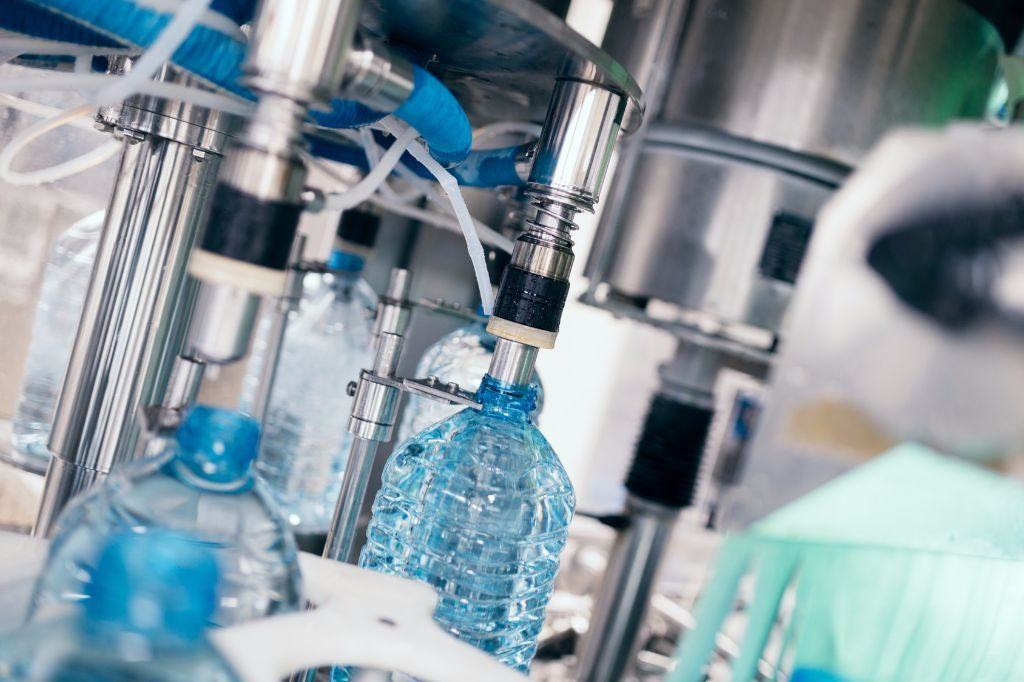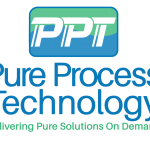
10 Apr 2019
 It is a known fact that ultrapure water is vital for a laboratory. Water filtration methods are very important to the pharmaceutical and biochemical industries. Suspended or dissolved particles, organic compounds, impurities and other contaminants prohibit the use of tap water in laboratory applications and scientific research. However, there are multiple methods to purify water, and some work better than others. Take a look at the different ways’ labs clean their water and learn how Pure Process Technology can help your ultrapure water needs. So our water filtration methods are:
It is a known fact that ultrapure water is vital for a laboratory. Water filtration methods are very important to the pharmaceutical and biochemical industries. Suspended or dissolved particles, organic compounds, impurities and other contaminants prohibit the use of tap water in laboratory applications and scientific research. However, there are multiple methods to purify water, and some work better than others. Take a look at the different ways’ labs clean their water and learn how Pure Process Technology can help your ultrapure water needs. So our water filtration methods are:
Adsorption
Molecules of contaminants are pulled from the water and absorbed by a porous surface or compound. This method is useful for many uses, but it doesn’t create the ultrapure water a lab might need.
Deionization
This method uses a resin that pulls ionized salts and minerals out of the water. The ionized particles are drawn to the resin, and this means that only water is left behind. This is a method that is often used in conjunction with other purification methods.
Distillation
This is one of the oldest methods of purifying water. The water is heated and condenses in a pipe that brings it to a different container. This technique has been used for so long because it is highly effective for many uses.
Filtration
This method uses a filter to sift through the water and keep contaminants from flowing through it. There are varying sizes of filters which allow for different levels of purification. Filters can be solid, like paper, or a media, such as sand.
Reverse Osmosis
This method uses a membrane to separate molecules and particles from water, creating the ultrapure water that many industries need. Pressure is applied to the water, which forces the water molecules through the membrane and leaves contaminants behind.
Ultrafiltration
This is a method similar to filtration but uses a membrane instead of a traditional filter to ensure finer contaminants are processed out of the water.
UV Oxidation
This method exposes water to UV light, which oxidizes and destroys organic compounds in the water. This is excellent for organic contaminants, but not for inorganic materials. A unique characteristic of UV light is that a specific range of its wavelengths, those between 200 and 300 nanometers (billionths of a meter), are categorized as germicidal – meaning they are capable of inactivating microorganisms, such as bacteria, viruses, and protozoa.

Does Your Project Water Distribu...
08 Jun 2019

Solvent Dispensing 101 – the Car...
15 May 2019

Hospital RODI Water System Proje...
18 Apr 2019

10 Apr 2019

27 Mar 2019